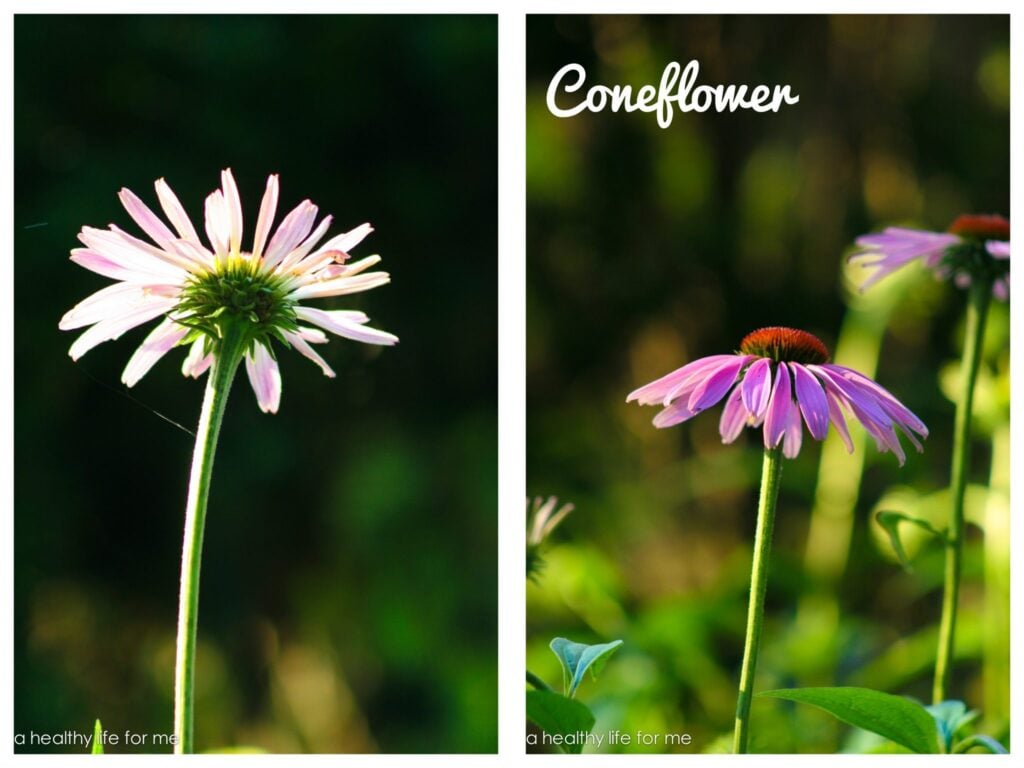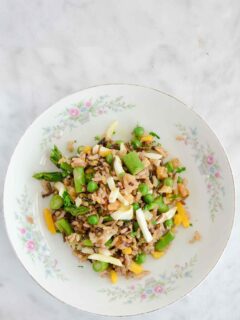How To Plant and Care for Coneflower a special flower to grown in your yard.
When most people hear the name Coneflower or ‘Echinacea’ they think of the purple daisy like flower that blooms in mid summer to fall. However, this perennial garden rock star comes in a variety of colors. Purple Coneflower is the most common, but you can find white, red, salmon, dark pink colors and many more.
Coneflower is so easy to grow and attractive and draws so many birds, butterflies and bees that you simply must grow it if you have room.
Plant Coneflower during the autumn or spring in good soil. If you plant it in the heat of summer you will be fighting with mother natures heat to get the roots established.
It will need full sun with room to grow. Most varieties grow 2-4 feet tall and 1-2’ wide. In summer cut blooms as soon as they begin to fade to encourage new blooms and prolong the blooming season. With regular dead heading, cone flower will continue to bloom throughout the summer. Coneflower drops seeds from its flower heads and readily reseeds. If you can leave blooms late in the season, many birds such as the golden finch will pick the seeds directly from the stalk through fall and winter.
Coneflower is bothered by very few pests or diseases and makes a wonderful cut flower with its strong stems. With the abundance of rain that we have had over the last few weeks, you may see your plants start to wilt. Once the ground around their roots becomes saturated, they cannot take up any more water or nutrients and wilt. There isn’t much you can do, except to make sure you have a good loose soil that allows the water to drain.
You will need to divide your coneflower after about three years to allow healthy growth. Clumps can easily be replanted.
Don’t hesitate to mix in a variety of Coneflower into your flower beds. This garden all star looks stunning growing next to Asters, Butterfly Bush, and Lambs Ear.













I am new to coneflowers. Do you start them from seed? Do they grow very well in Eastern Washington? I have a forest in my backyard will they grow well under the trees?
Ahhh…The wonderful world of wild flowers.
Here in Florida Coneflower is a favorite with Butterfly Gardeners, however, it occures naturally only rarely in Florida in Gadsen and Jackson Counties, but is widely used in wild flower landscaping mainly for its colour and hardeness. Coneflowers native range is From Virgina through the Ozarks and westward south to Texas.
Here where I live in S.W. Florida Gardeners find Gaillardia, aka Blanket Flower, to be a good replacement for Coneflower. The two are very simmilar; the main difference being Blanket Flower occures widely on its own and tollerates both drought and rainy seasons, as long as it is planted in sandy well drained soil; which is most of S.W. Florida. Blanket Flower Agressively blooms from April through late October and is enjoyed by a variety of pollinators such as butterflys, honey bees and a wide range of bees native to Florida, including the beautiful Halictid bee, easily idetified by its emerald green head and black and yellow banded body.